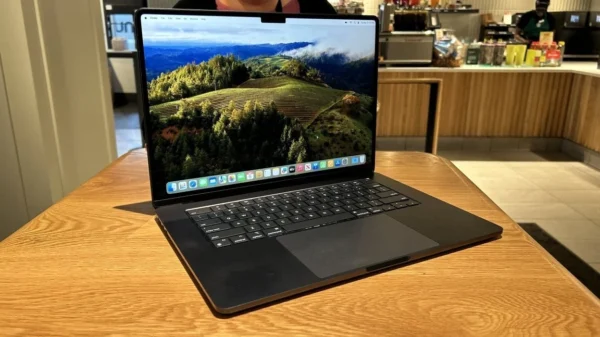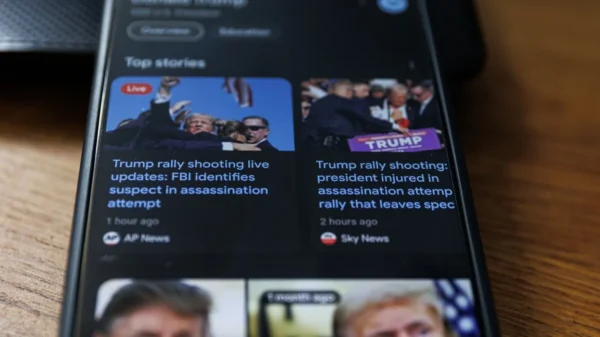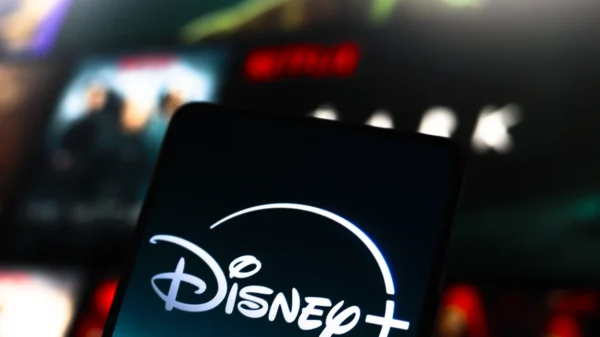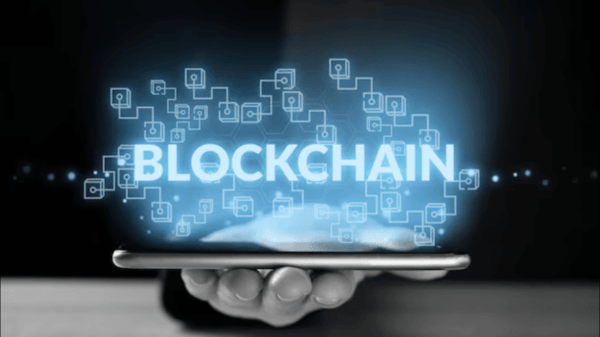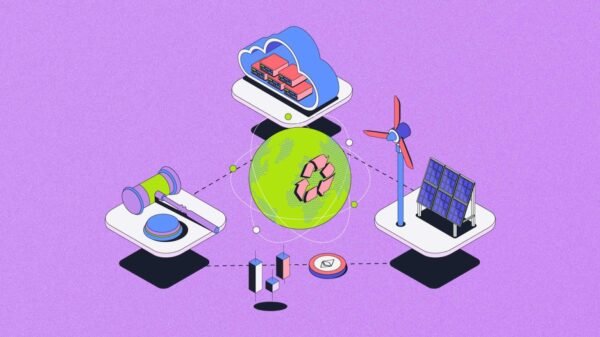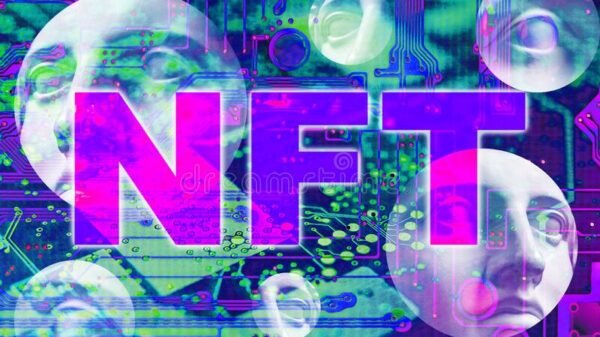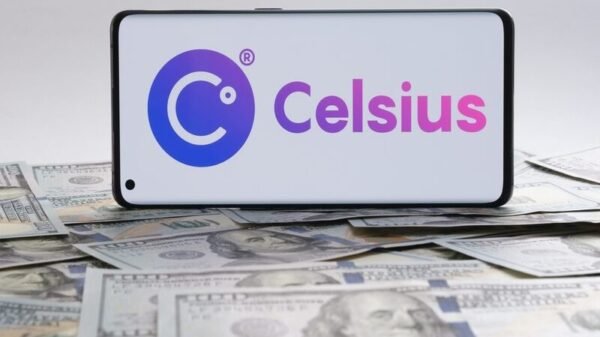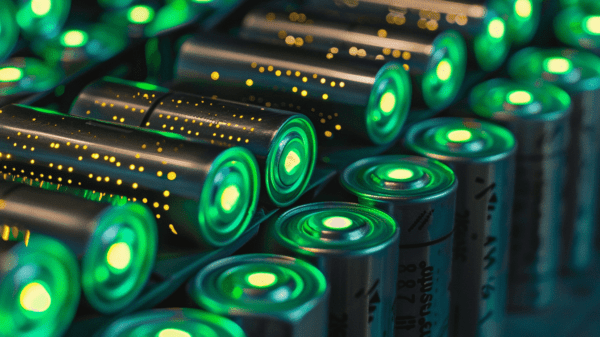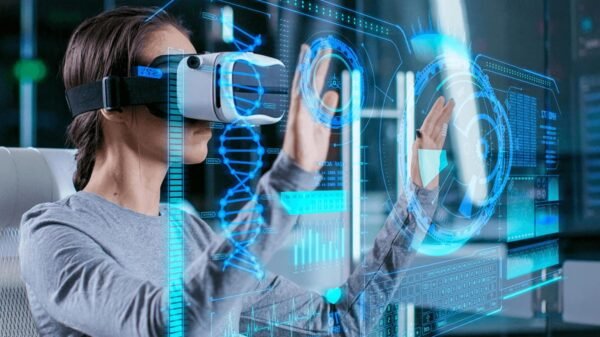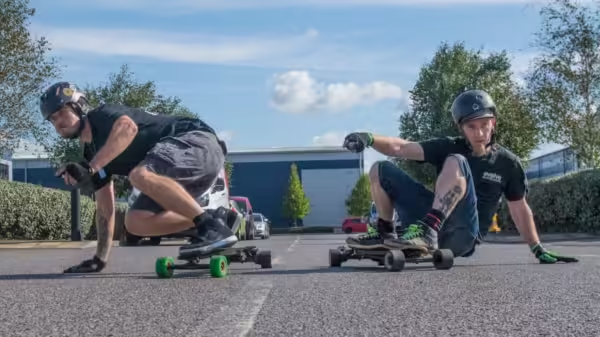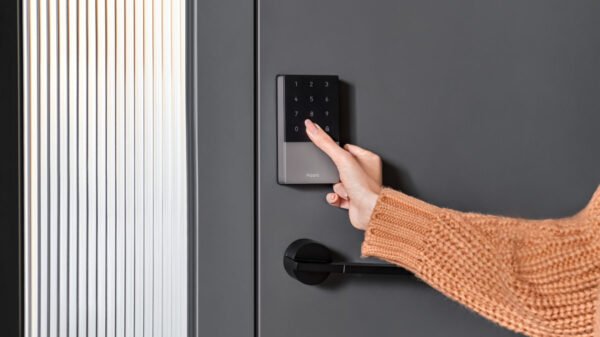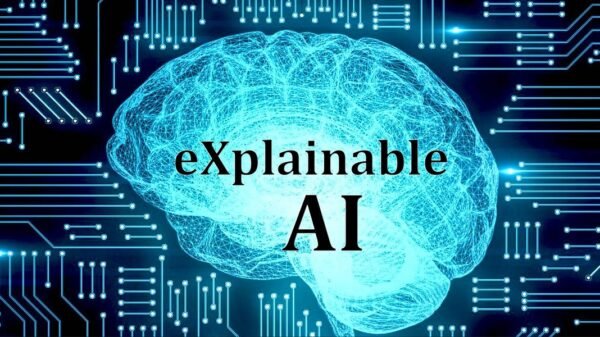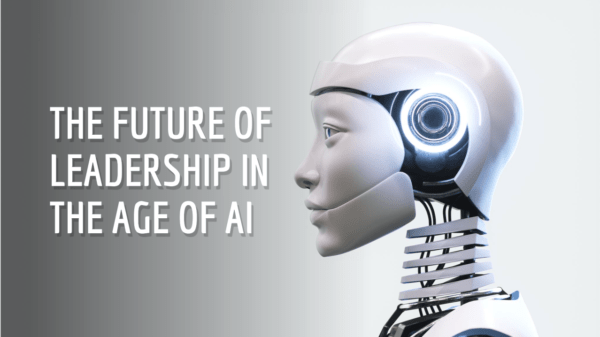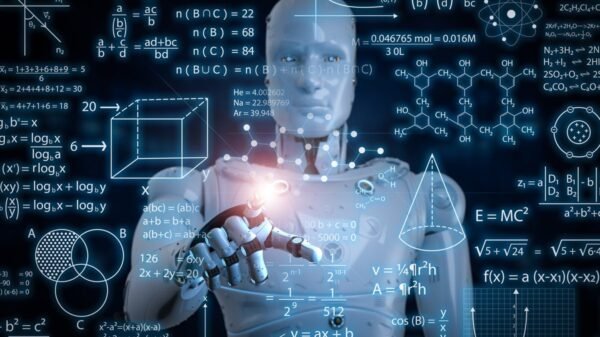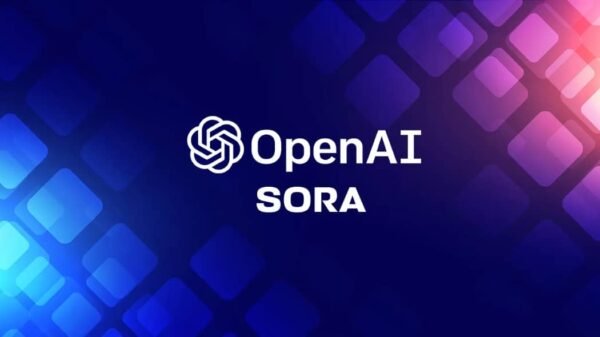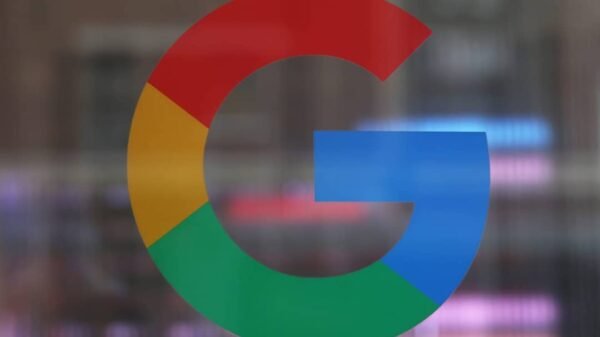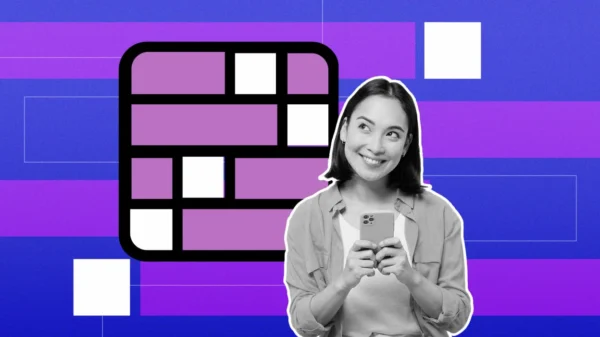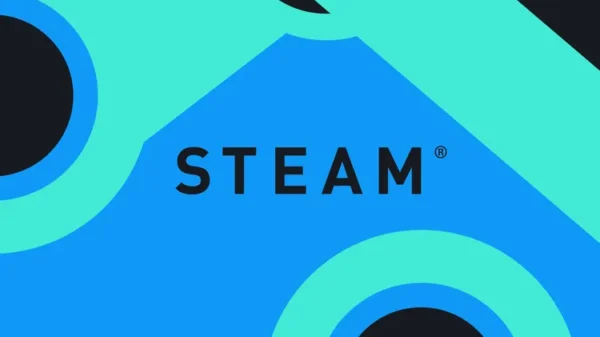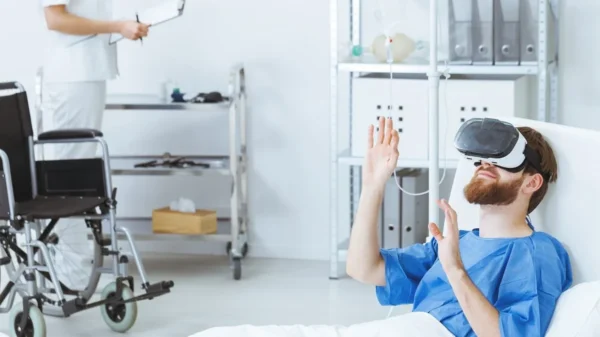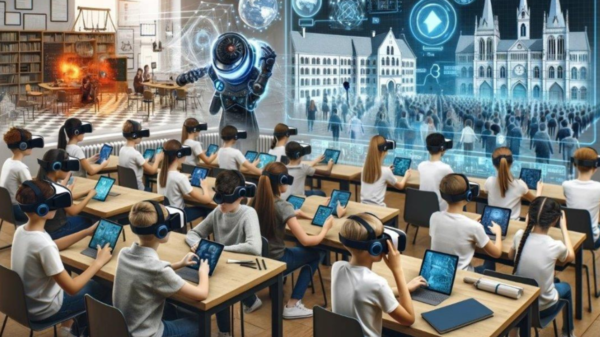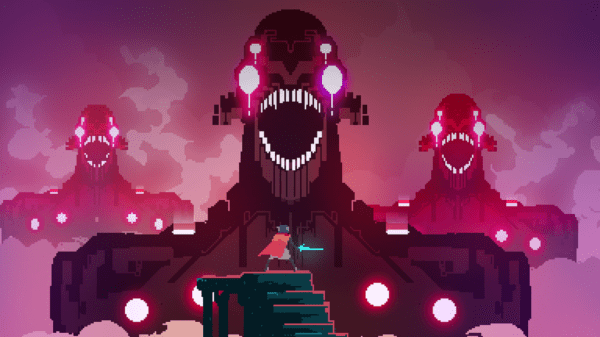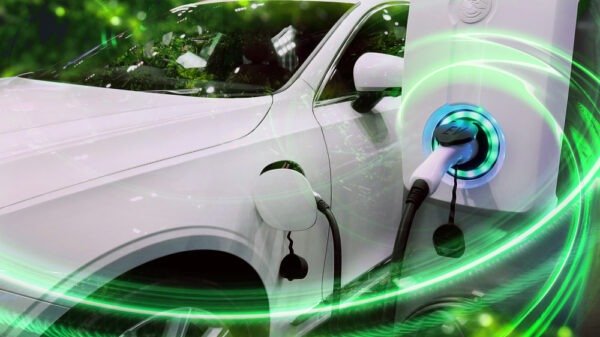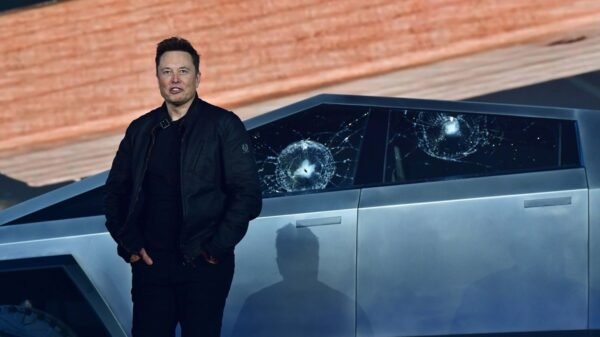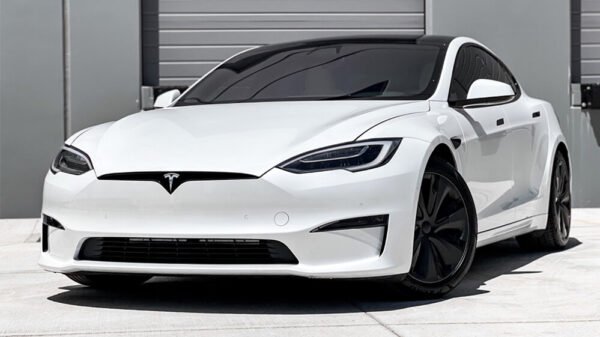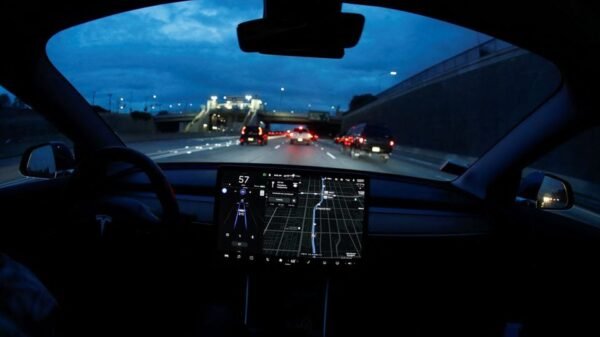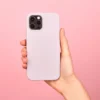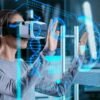The intersection of art and technology has given rise to novel challenges and legal debates. Recently, a U.S. judge ruled on a significant case involving an artist’s lawsuit against AI companies. In this article, we explore the details of the case and the judge’s decision, shedding light on the implications for the art and AI industries.
The Lawsuit and Its Background
The lawsuit involved an artist who alleged that certain AI companies infringed upon their artistic works and creative expression. The artist contended that these AI companies used machine learning algorithms to create artworks resembling the artist’s unique style, thereby violating their intellectual property rights.
The case highlighted the evolving relationship between AI-generated content and artistic ownership, raising essential questions about the boundaries of creativity in the digital age.
The U.S. Judge’s Ruling
After thoroughly examining the evidence and arguments presented, the U.S. judge ruled in favor of the AI companies, dismissing the artist’s lawsuit. The ruling was based on several key flaws identified in the artist’s claims:
1. Lack of Copyright Protection
The judge determined that the AI-generated artworks did not infringe upon the artist’s copyright, as the artworks were not direct reproductions or copies of the artist’s original works. Instead, the AI-generated content was considered transformative, showcasing the distinctive style of the AI algorithms rather than a reproduction of the artist’s specific creations.
2. Non-Human Creation
The judge’s ruling also considered that AI algorithms created the artworks without direct human intervention. This aspect further complicated the issue of artistic ownership, as it blurred the lines between human creativity and AI-generated content.
3. Uniqueness of AI Algorithms
The court recognized the unique nature of AI algorithms, which can analyze vast datasets and generate new outputs based on learned patterns. This attribute played a significant role in the judge’s decision, highlighting the non-repetitive nature of AI-generated works.
4. Freedom of Expression
The judge also considered the AI companies’ argument that their use of AI algorithms constituted a form of free expression and innovation. This argument resonated with the court, as it acknowledged AI technology’s transformative and creative nature.
Implications for the Art and AI Industries
The judge’s ruling in this lawsuit carries several implications for both the art and AI industries:
1. Establishing Legal Precedent
The case sets a legal precedent regarding using AI-generated content about copyright and artistic ownership. This ruling may influence future cases involving AI-generated artworks and encourage a deeper examination of the role of AI in the creative process.
2. Promoting AI-Driven Creativity
The ruling acknowledges the unique creative potential of AI algorithms, promoting further exploration and adoption of AI in various artistic fields. AI technologies may now be seen as tools for innovation rather than direct competitors to human creativity.
3. Defining Boundaries
The case highlights the need for clear definitions and boundaries concerning AI-generated content and artistic ownership. Legal frameworks may need to be updated to address the complexities and challenges arising from AI’s role in the creative landscape.
Conclusion
The U.S. judge’s dismissal of the artist’s lawsuit against AI companies marks a significant development in the ongoing conversation about AI, creativity, and copyright in the digital age. The ruling acknowledges the transformative nature of AI algorithms and their capacity to generate unique artistic expressions. This decision sets a legal precedent, potentially influencing future cases involving AI-generated content and artistic ownership.
The relationship between AI and art will undoubtedly evolve as technology advances, presenting new challenges and opportunities for artists, AI companies, and legal systems. By recognizing the distinctiveness of AI-generated content and its role in promoting innovation, the ruling reflects a growing acceptance of AI as a valuable tool in the creative process rather than a threat to artistic expression.

